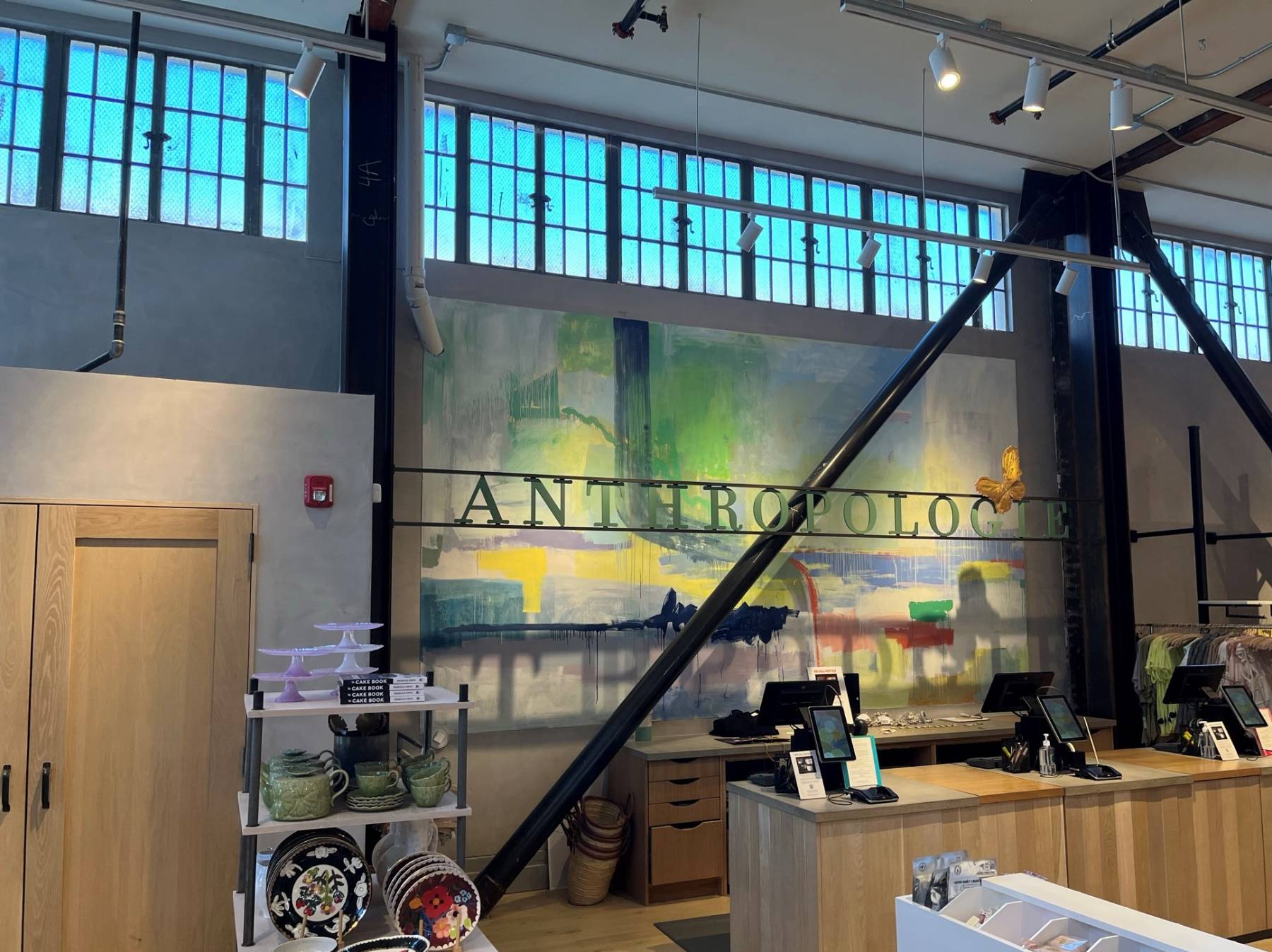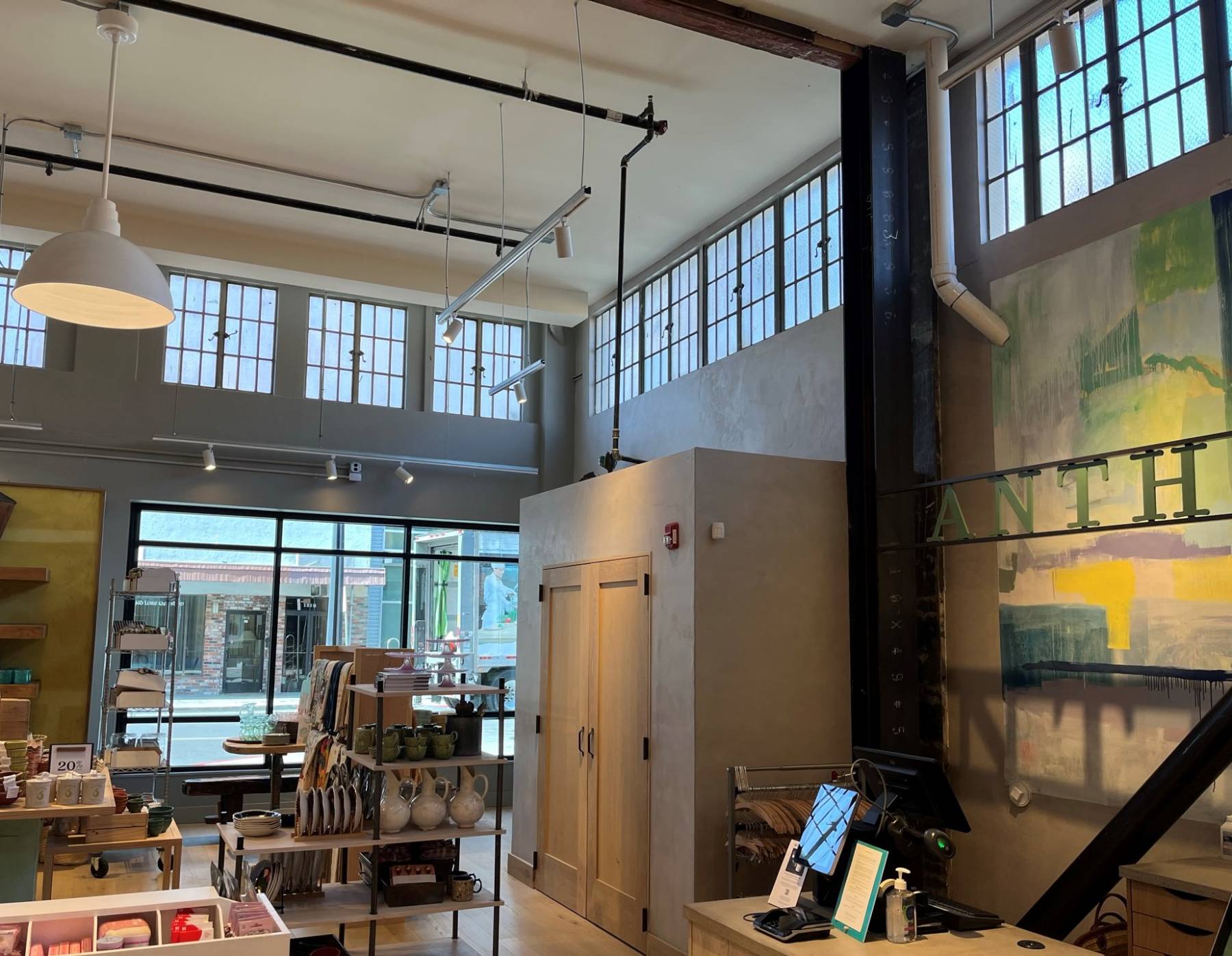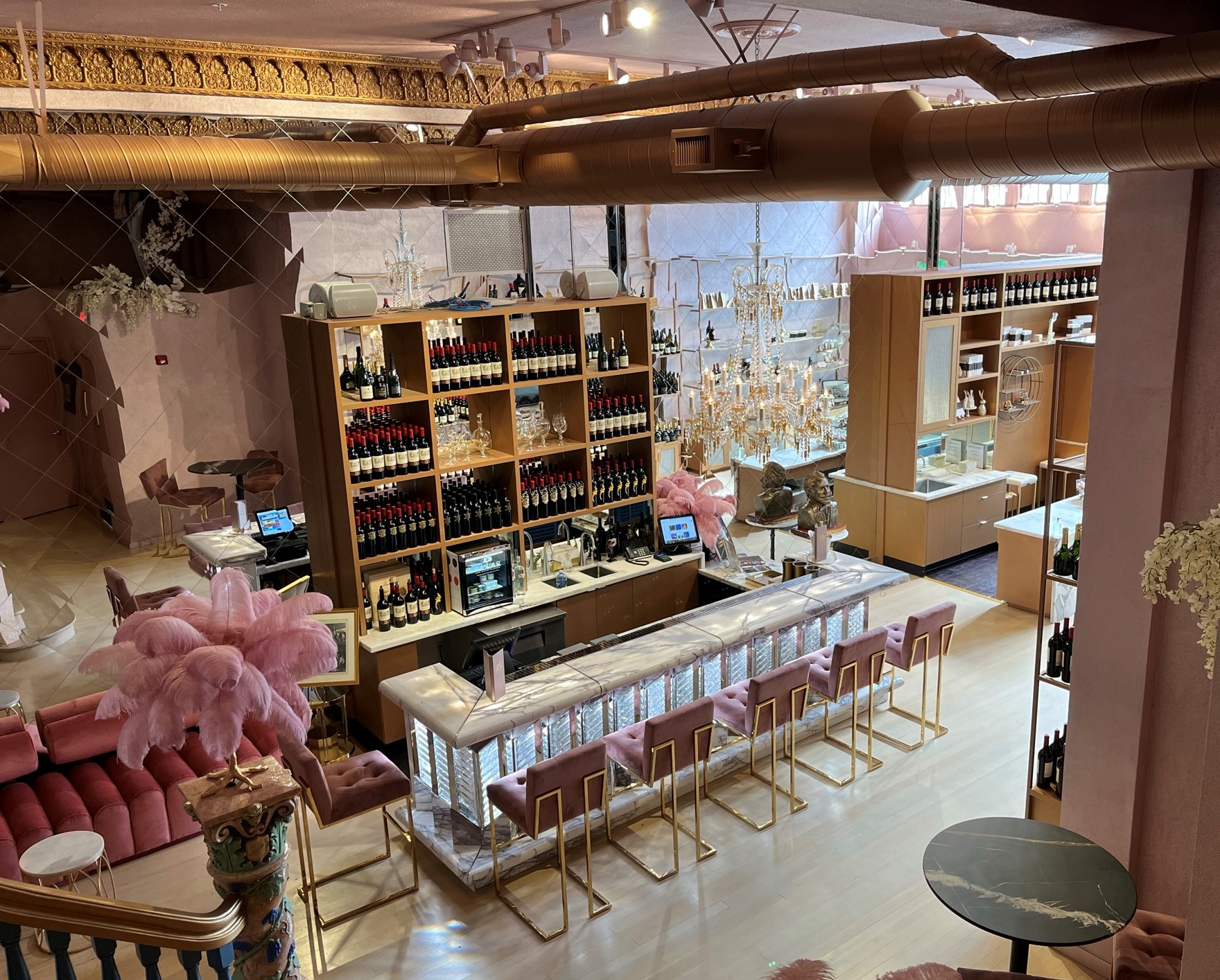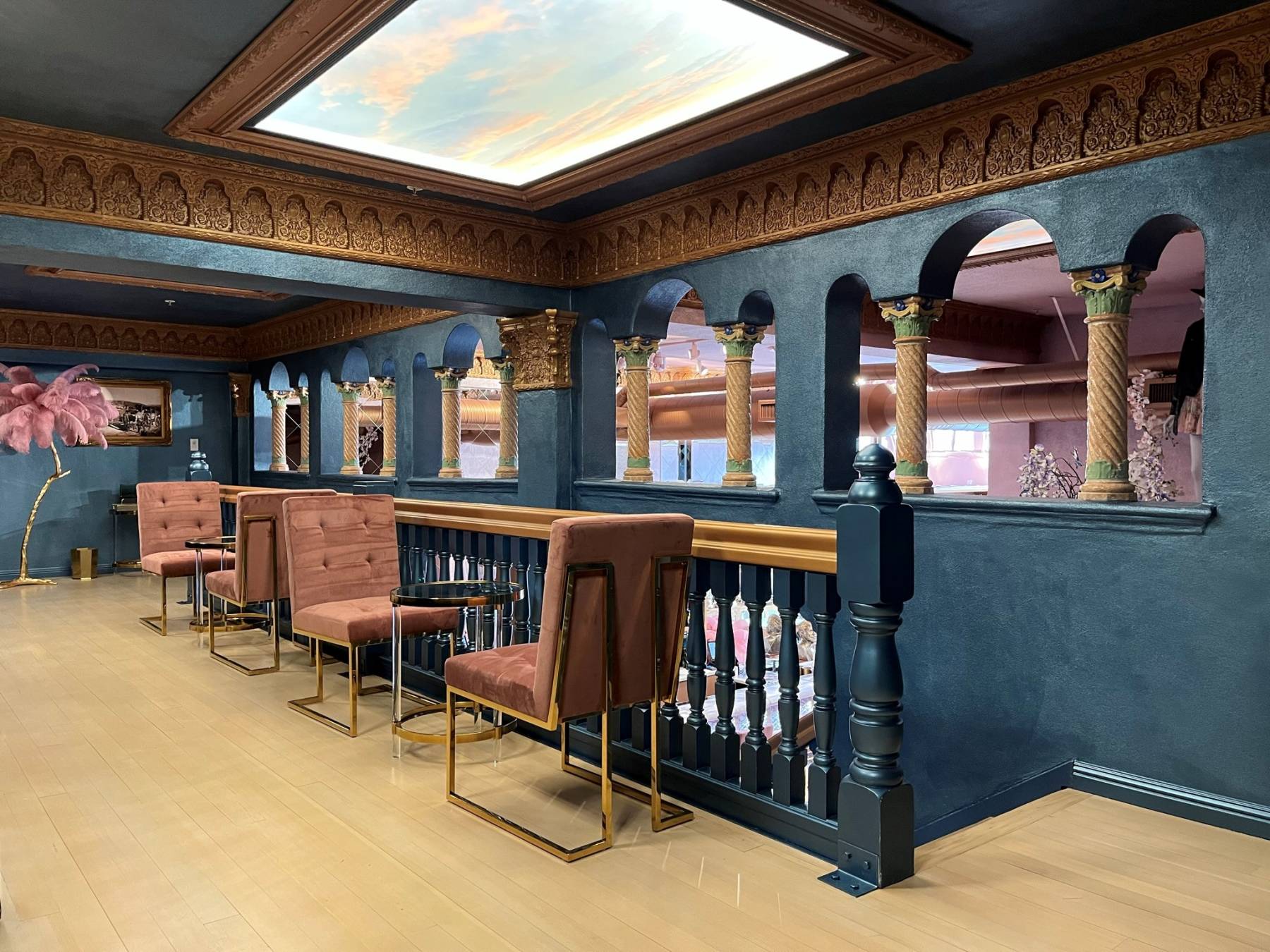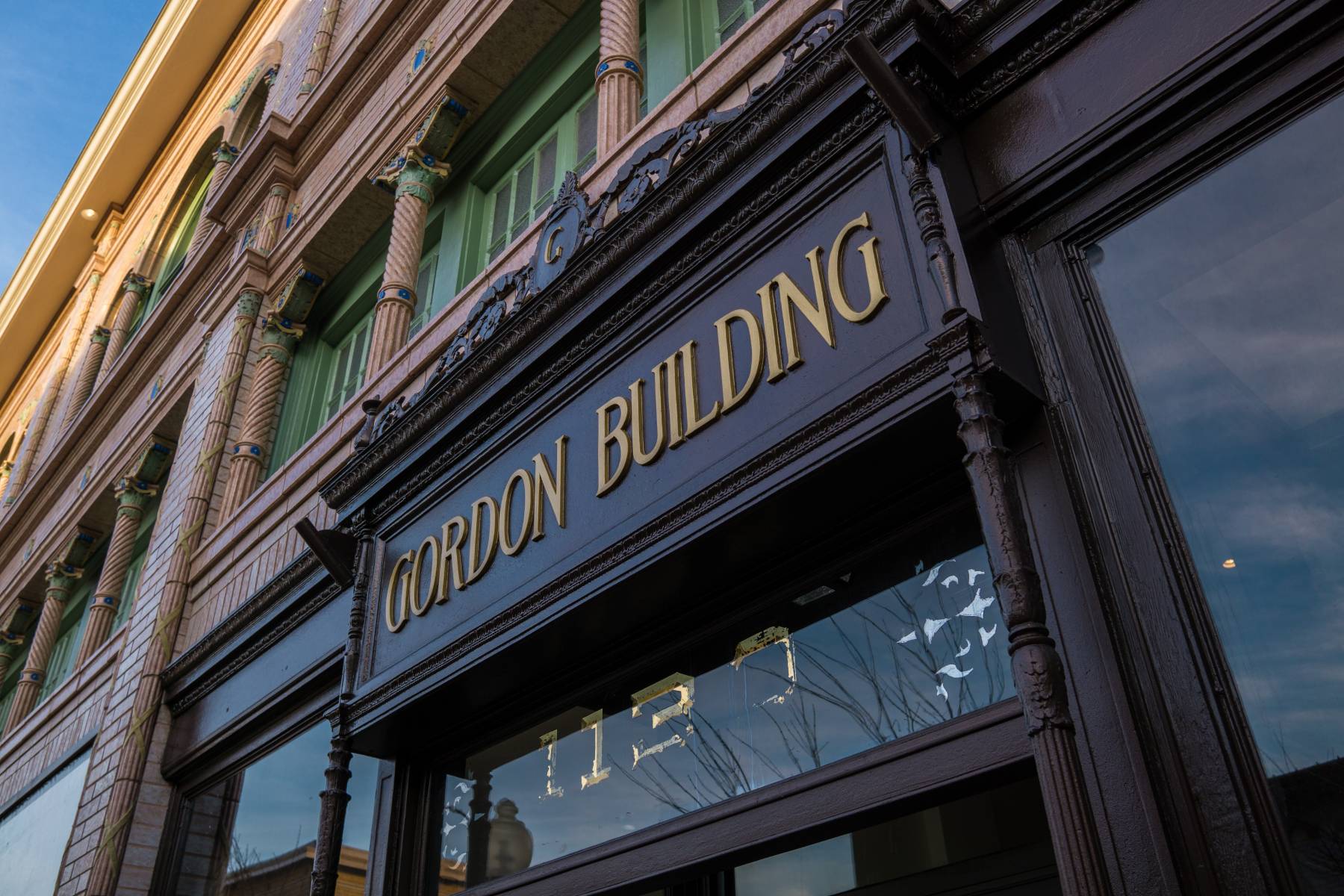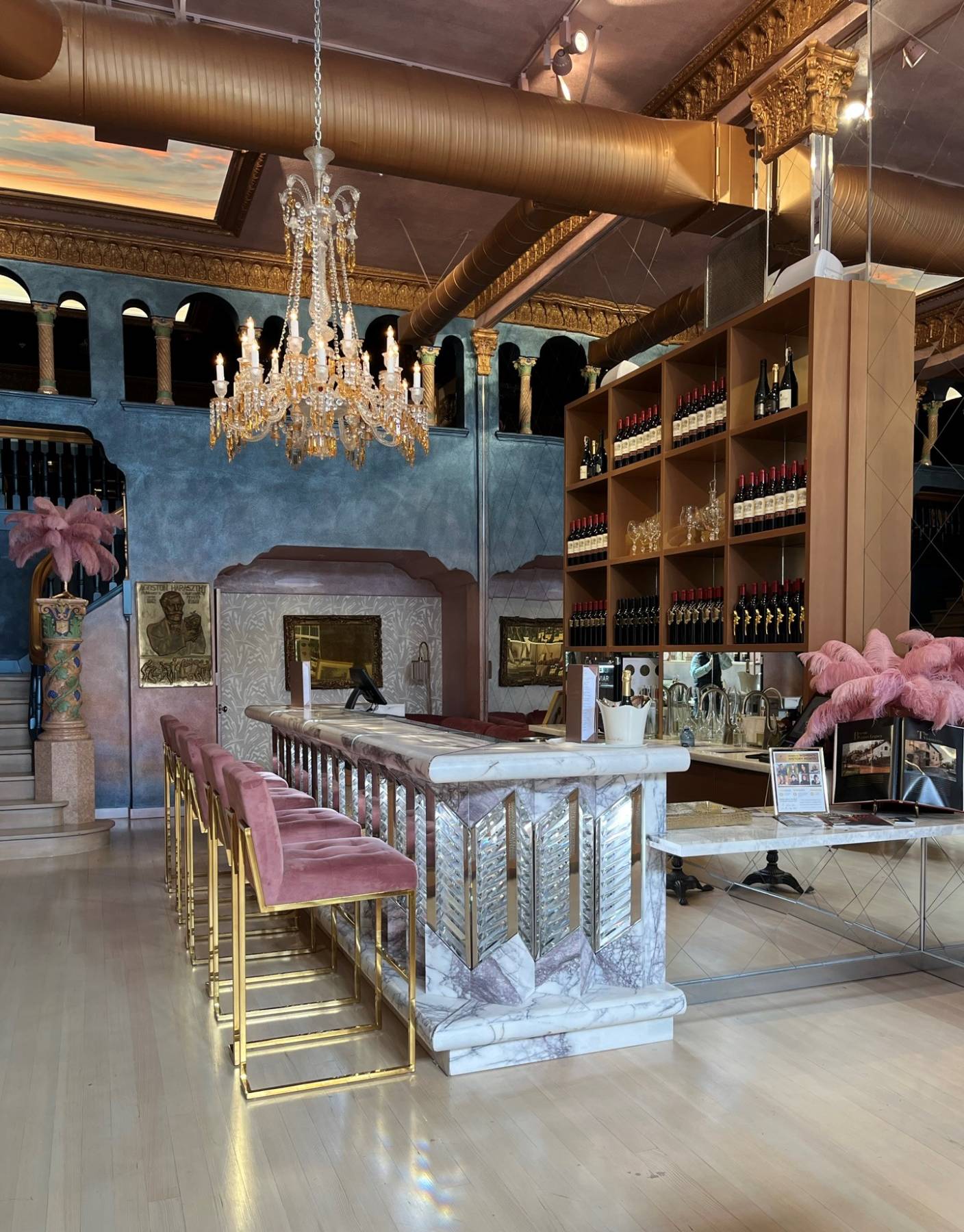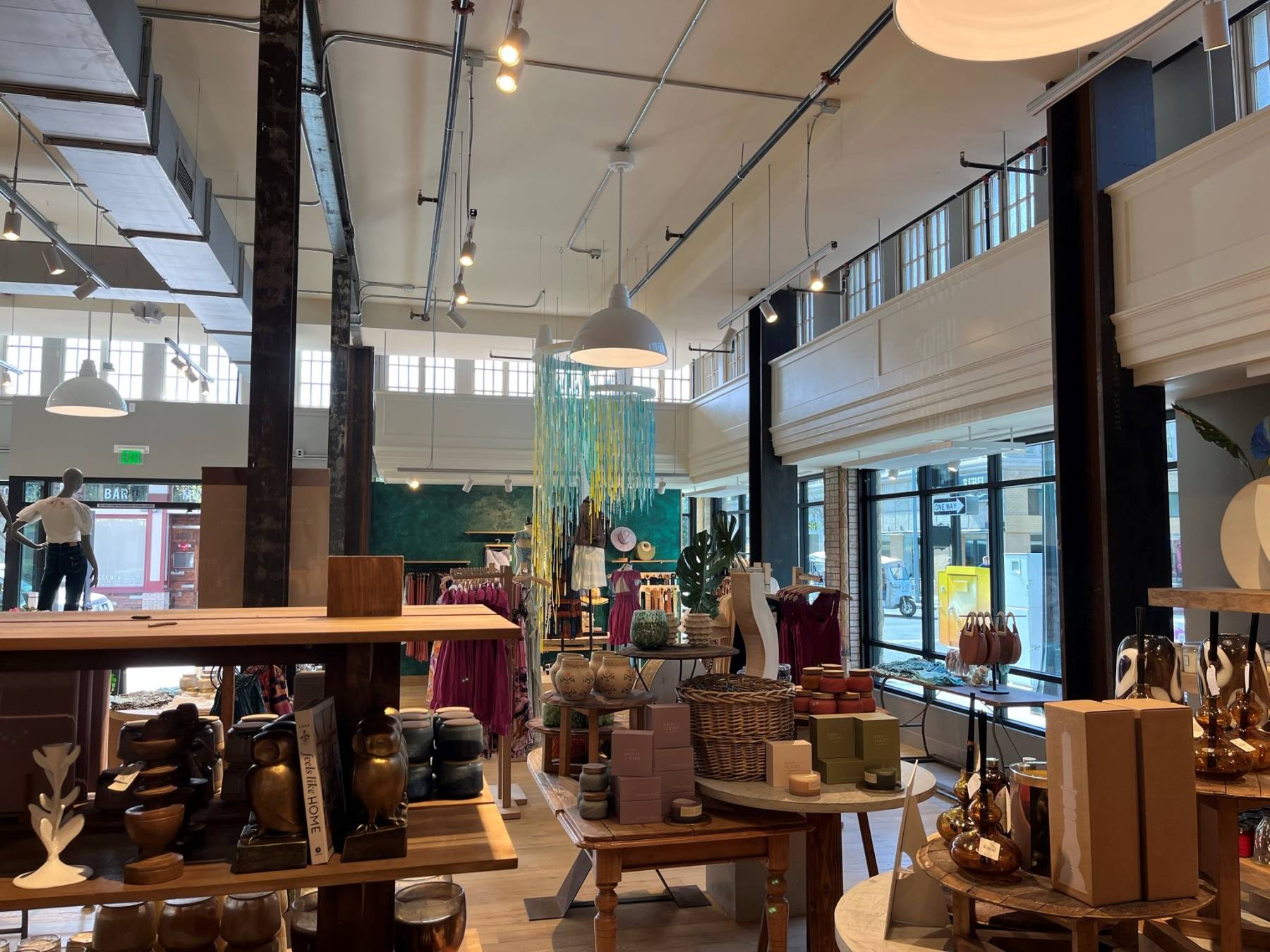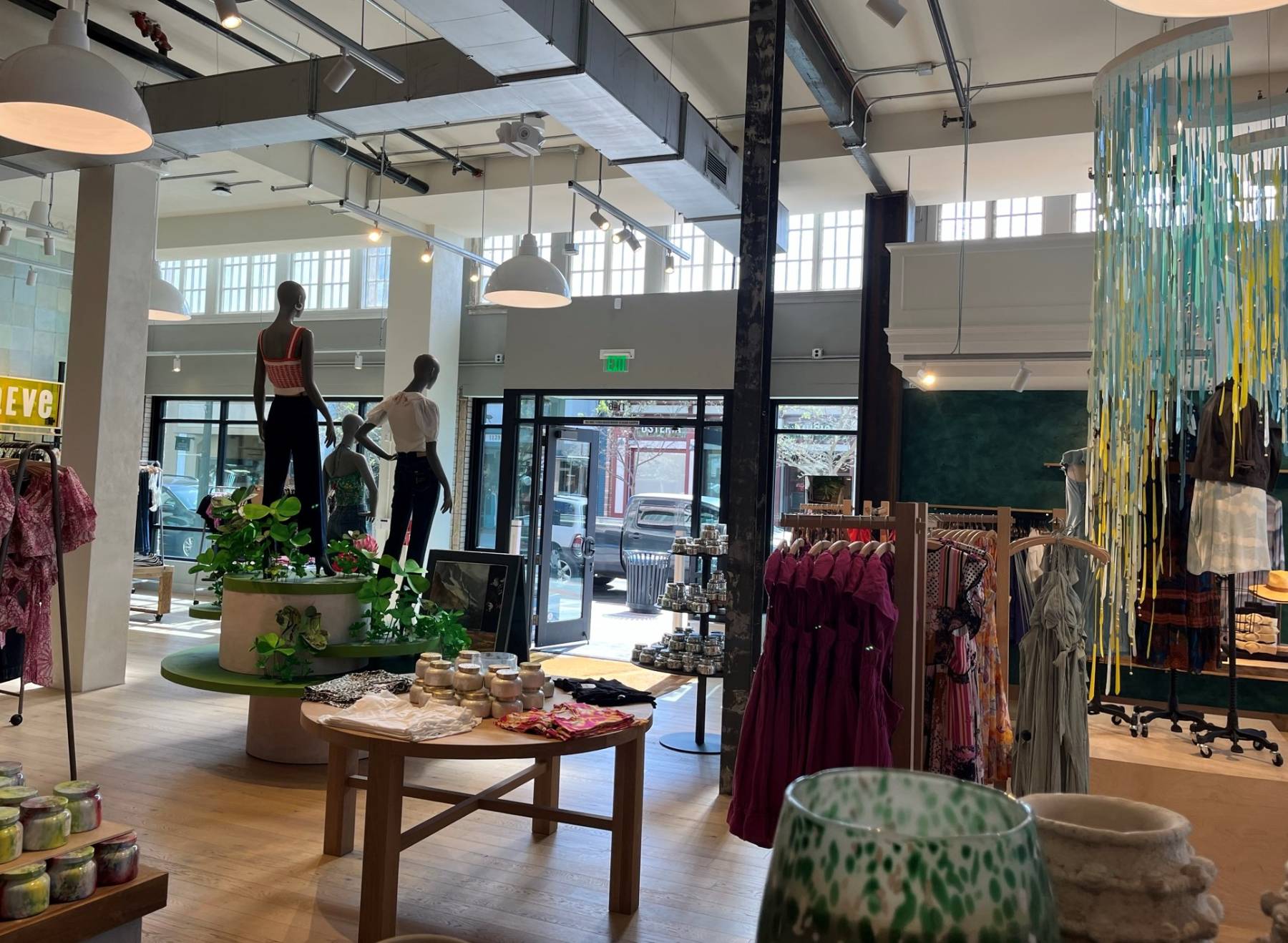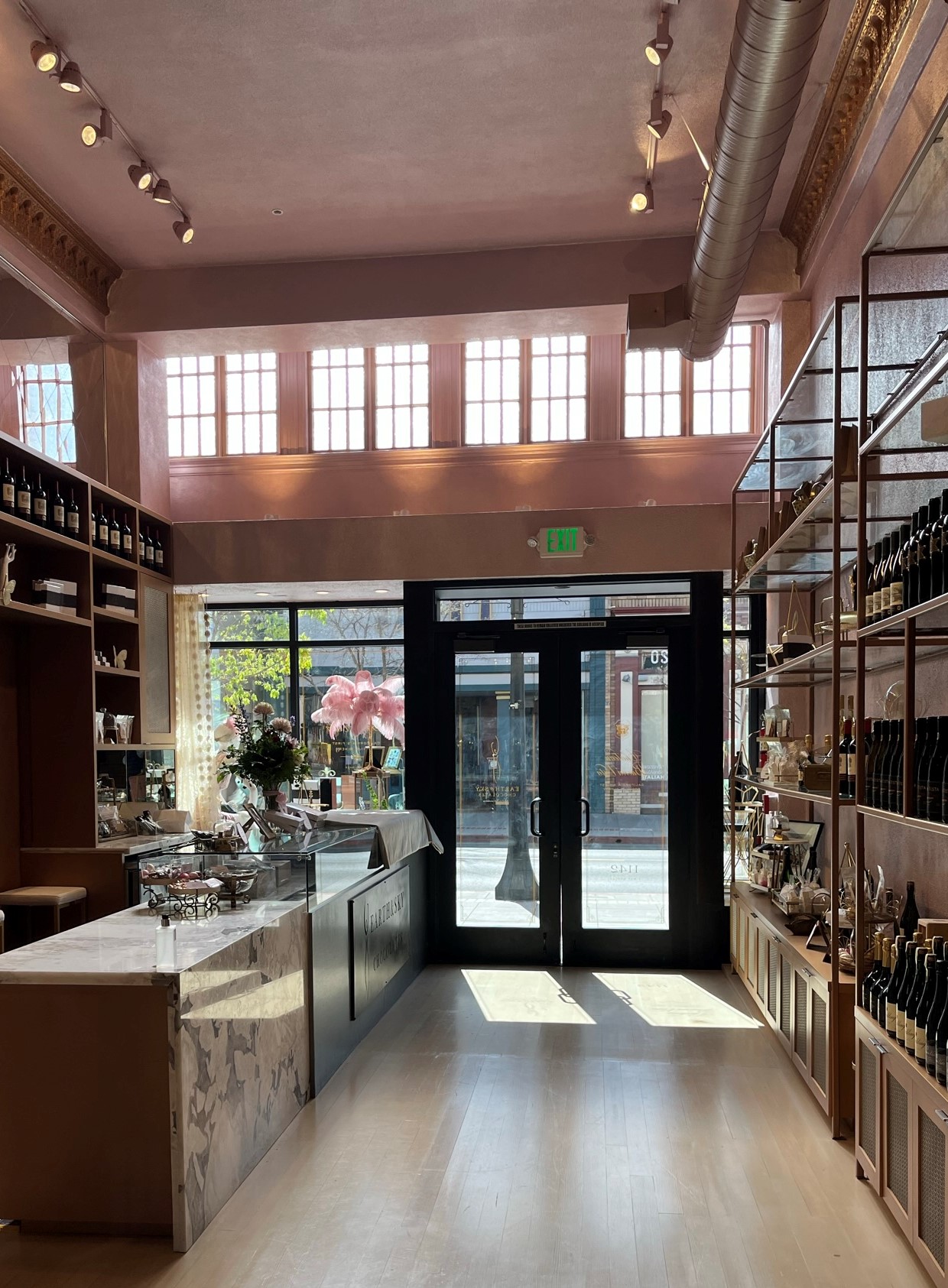About CPF and the Awards
The California Preservation Awards are a statewide hallmark, showcasing the best in historic preservation. The awards ceremony includes the presentation of the Preservation Design Awards and the President’s Awards, bringing together hundreds of people each year to share and celebrate excellence in preservation.
The California Preservation Foundation (CPF), a 501c3 nonprofit, was incorporated in 1978. We now support a national network of more than 36,000 members and supporters. Click here to learn how you can become a member.
Gordon Building Team
Project Lead – Stephen Cuddy, Napa Design Partners LLP
Owner/Client – Todd Zapolski, Napa Gordon LLC
Historic Architect – Stephen Cuddy, Napa Design Partners LLP
Lead Engineer – Chris Jonas, ZFA Structural
Consulting Engineer – Katie Cornelius, Summit Electrical Engineering
Consulting Engineer – Trevor Lelfler, Lefler Mechanical Engineering
Landscape Architect – Susan Heiken, Studio 1515
Contractor – Michael Mathison, Wright Contracting
Specialty Sub-Contractor(s)
– Rob Browne, Rainbow Waterproofing and Restoration Co.
– John Fuetsch, PJ Ruane – Plaster Masons
– Dustin Davis, Davis Demolition & Shoring
– Raul Sanchez, SR Iron – Structural Steel
– Gary Dahl, Devincenzi Concrete
Additional Participant(s) – Ricky Grossmann, Ricky Grossman Photography Wright Contracting
Gordon Building
The Gordon Building of Napa is a winner for the 2022 Preservation Design Award for Rehabilitation. Award recipients are selected by a jury of top professionals in the fields of architecture, engineering, planning, and history, as well as renowned architecture critics and journalists. Tickets and sponsorship options are available at californiapreservation.org/awards.
About the Gordon Building Project
The Historic Gordon Building was severely damaged during the 6.0 Napa 2014 earthquake. There were both historically significant exterior and interior architectural elements that required repair and restoration as part of the overall rehabilitation project. Due to the significant seismic damage it was determined early in the process with the client in consultation with SHPO that a tax credit application would be necessary to achieve the lofty rehabilitation objectives.
The two-story Historic Gordon Building is a highly decorative Spanish Colonial Revival commercial facade on downtown Napa’s main shopping street. The severity of the 6.0 earthquake caused exterior and interior URM and hollow clay tile walls to fail and collapse, and the roof structure to disconnect from the building’s exterior walls. Interior wall materials shifted and finishes such as plaster and plaster castings lay broken on the floor while the interior plaster walls and ceilings cracked or detached from the lath. The decorative exterior terra cotta was damaged during the shifting and displacement of terra cotta masonry units. While the exterior was largely intact and in generally fair condition despite the damage, the historic building was red tagged as unsafe for occupancy. Uncertain if and how the building could be repaired, extensive assessments and testing occurred over the next year. During the assessments damaged masonry columns, beams and walls revealed a steel skeleton that likely saved the structure from more damage during the seismic event. In 2016 the decision was made to rehabilitate the existing building which included a new seismic support system along with significant structural repair; in addition significant architectural repair, restoration and rehabilitation of damaged components and features were being planned. The repair rehabilitation work included: concrete grade beams to support new structural steel system and to support existing raised foundation, structural steel moment and brace frames, wood framed walls, floors and roof/ceiling structure, new structural connections and ties, repair and reconstruction of existing historic stone property line wall, repair and re-anchorage of existing terra cotta masonry, repair of existing ornamental iron work, repair of existing wood windows and doors, repair and reconstruction of interior stairs and as part of the significant upgrade for “accessibility” a new elevator was installed. The antiquated electrical, gas and water systems now exposed were upgraded to City and PGE standards. The repair restoration work included: healing (injected flowable grout) and repointing, repining of historic stone wall and terra cotta masonry, repair of terra cotta castings and finishes both exterior and interior, repair of ornamental iron work exterior and interior, repair and anchorage of hollow clay tile walls, reconstruction and repair of interior walls, floors, ceilings, roof and the repair and restoration of wood and metal windows, wood and metal doors and skylights.


